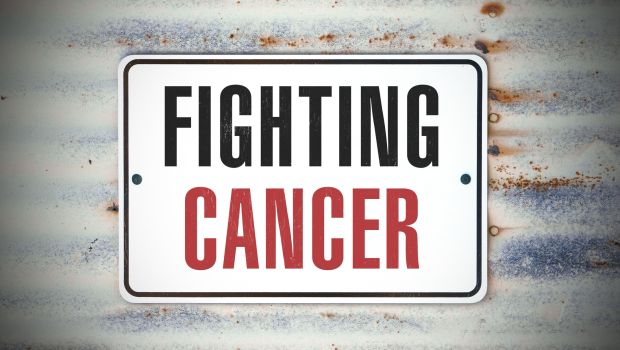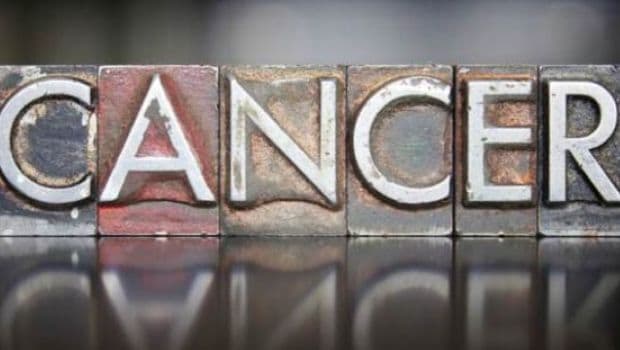“The majority of deaths from cancer occur in low and middle income countries, partly due to poor public awareness of the signs and symptoms of cancer,” states US National Library of Medicine, National Institutes of Health. The global burden of lifestyle diseases is on the rise like never before. While medical innovations and technologies are making novel breakthroughs by the day, the chrysalis of ignorance and lack of information continue to plague a considerable part of the society. Cancer is slowly assuming a menacing character with close to 14 million falling prey to this deadly disease every year and an estimated 7 million losing battle annually.That cancer research remains dismally underfunded is an undoubted fact; some of the latest technologies and screening tests are not even available or affordable to a larger chunk of the society. Amid such circumstances one of the biggest challenges is to make people aware of the preliminary warning signs of the disease, to identify it and get a proper screening for any probable threat – to be able to nip it in the bud.

In a study conducted on UK adults, US NCBI mentions, “Not recognising a symptom as suspicious is a common reason given by cancer patients for delayed help-seeking.” It is therefore imperative for all of us to be aware of the warning signs and seek immediate medical help without any delay.
The Warning Signs
The World Health Organisation mentions seven signs that need to be looked out for in order to facilitate early discovery of any type of cancer-related malignancy. These include the following:
1. Lumps
These are usually stony hard. Look out for these while self-examining your breasts or scrotum.Also Read: (6 Effective Ways to Prevent Breast Cancer)

2. Unusual discharge or bleeding
These would include blood in urine, stool or discharge from any other parts like penis, nipples, etc.
3. Change in bowel habits or urinationLook for any change in the colour, consistency, size or shape of stools or any changes in your urine. Persistent cycles of diarrhea and constipation should also be taken into account.

Also Read: (5 Powerful Tips to Improve Your Digestion)4. A persistent soreSee a doctor if a sore doesn’t get better over time. Some other signs would include increase in size, bleeding or increased pain.5. Stubborn coughLook for signs of blood in sputum. Change in voice or development of hoarseness is another sign.Also Read: (6 Best Home Remedies for Cough to Give You Instant Relief)

6. Changes in molesSee for any new appearance or if any existing mole begins to look dissimilar, change colour or size. “Are the borders sharp or ragged? What are the colours seen in the mole? Is the mole bigger than a pencil eraser (6mm)? Follow the ABCD rule – asymmetry, border, colour, diameter,” WHO.7. Difficulty in swallowingOne of the most common signs is discomfort while swallowing food and feeling full with little or no food. One may also feel pressure in chest or throat.

Early detection of warning signs may often prevent the disease from contracting and can help in early diagnosis and speedy recovery. Some easy screening methods like ultrasounds, biopsies, a host of blood tests, radiology tests can be done to screen a person for the disease or to establish a diagnosis. Above all, maintain a healthy lifestyle with a balanced diet, regular exercising and a sound sleep pattern. Manage your stress well and listen to your body, always. Speak to a medical oncologist for details on cancer screenings and prevention. Rush to your nearest cancer center if you notice any of the signs mentioned above.












